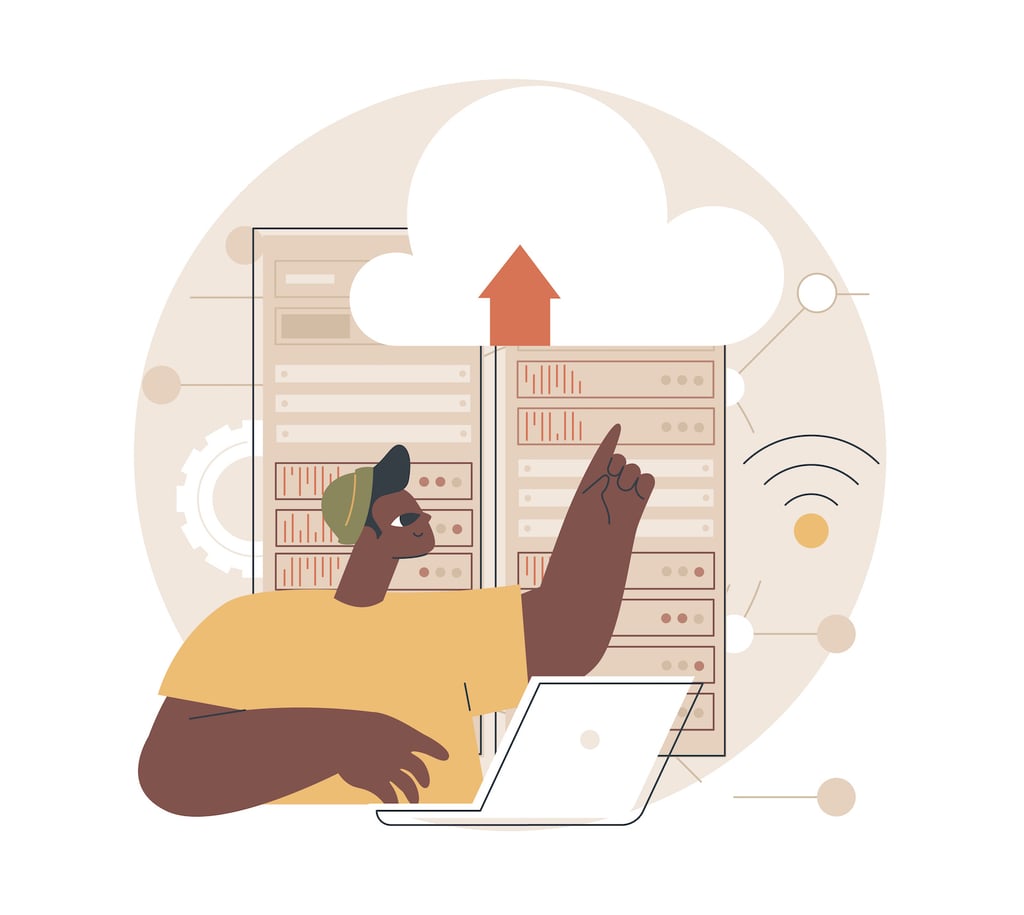Adtran says it sees good demand for G.fast, the next generation of digital subscriber line (DSL) technology. The company, according to Lightreading, is in trials with 60 operators worldwide.
The story reiterates the main selling point: G.fast can reach 100 megabits per second (Mbps), at least over short distances. This will obviate the need for many rebuilds and drastically cut costs.
Expect to hear a lot about G.fast during 2016:
Adtran isn’t the only network equipment vendor involved in BT’s G.fast trials, though: As Light Reading has noted previously, Nokia Corp. (NYSE: NOK) (as a result of its Alcatel-Lucent acquisition) and Huawei Technologies Co. Ltd. are also involved. Huawei and Nokia/Alcatel-Lucent have also provided trial customer premises equipment (CPE) units, along with Technicolor (Euronext Paris: TCH; NYSE: TCH) and Zinwell, according to a report from ISPreview this week, but BT points out these are just trial units and shouldn’t be taken as an indication of which companies will supply CPE units for commercial rollout.
Apple Sees the Light
AppleInsider reports that since iOS 9.1, the operating system has had LiFiCapability, in Apple’s jargon. The story says that Li-Fi works in the same way as infrared. Data is modulated and transmitted by rapid modulation of a light source. It is received and reassembled into an electronic signal.
Li-Fi, the piece says, uses visible light but is imperceptible to humans. The takeaway, and potentially the exciting thing about the technology, is that lightbulbs may be able to transmit data. The theoretical throughput is 224 gigabits per second.
Google’s Haul on Android: $22 Billion
Reuters reports that the Android operating system has generated $31 billion in revenue and $22 billion in profit for Google. The numbers came from an attorney for Oracle during a hearing in a copyright suit between the companies.
The story says that a lawyer for Google, which is a unit of Alphabet, did not dispute the figure. The alpha version of Android was released in November, 2007. Android 1.0, the first commercial version of the OS, was released the following September.
The case involves the level of copyright protection that should be given to the Java programming language, which belongs to Oracle and was used by Google to design Android.
Longstanding Linux Vulnerability Comes to Light
One of the disconcerting things about modern telecommunications is finding out that something that has been done without thought for a long time actually is dangerous.
That apparently is exactly what has happened with Linux. Computerworld reports that a vulnerability has existed in the Linux kernel for three years that could enable hackers to take control of a variety of devices, including phones using the Android operating system.
Lucian Constantin reports that the flaw was found by Perception Point, in the kernel. As the name implies, the kernel is the ultimate core of Linux, upon which Android is based:
The Perception Point researchers found a way to trick the kernel into freeing a still-referenced keyring object and then to overwrite it with malicious content so it gets executed. According to them, the vulnerability was introduced in kernel version 3.8, released in Feb. 2013.
The piece says that a security patch was to be released this week. It’s an imperfect science, though, and many systems likely will remain vulnerable into the future.
Senators: 25 Mbps Too High for Broadband Classification
The Hill reports that Senate Republicans see ulterior motives in the Federal Communications Commissions’ (FCC) mandate that the threshold for broadband be set at 25 megabits per second (Mbps). The idea, which was expressed in a letter from six senators to FCC chairman Tom Wheeler, is that setting the level so high is a tactic to create a rationale for more regulation.
The letter points out that Netflix and Amazon only recommend download speeds of 5 Mbps and 3.5 Mbps, respectively. Advocates, the story points out, counter that one connection often supports multiple devices and thus needs to be faster than most services demand.
Carl Weinschenk covers telecom for IT Business Edge. He writes about wireless technology, disaster recovery/business continuity, cellular services, the Internet of Things, machine-to-machine communications and other emerging technologies and platforms. He also covers net neutrality and related regulatory issues. Weinschenk has written about the phone companies, cable operators and related companies for decades and is senior editor of Broadband Technology Report. He can be reached at cweinsch@optonline.net and via twitter at @DailyMusicBrk.










